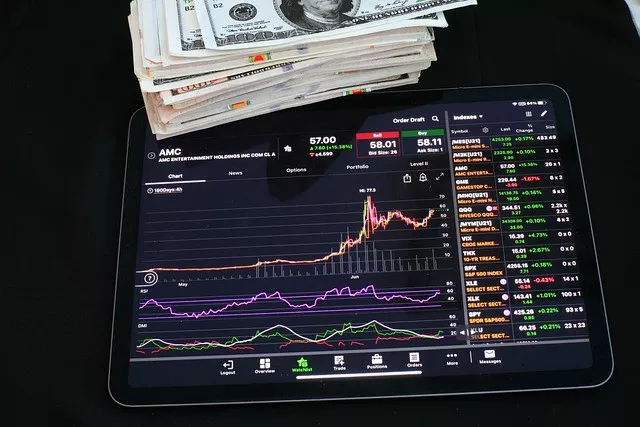Canada surprised economists in August by posting a trade surplus of C$718 million ($521.88 million), rebounding from previous months when labor strikes had disrupted West Coast ports and caused trade imbalances. According to data released by Statistics Canada, this surplus was primarily attributed to higher exports, particularly in the form of gold transfers to the United States and increased crude oil prices.
Analysts participating had predicted a trade deficit of C$1.5 billion. The trade figures for July were also revised to show a narrower deficit of C$437 million compared to the initial estimate of C$987 million.
The August data revealed that total exports surged by 5.7%, outpacing a 3.8% rise in imports. Both exports and imports benefited from higher prices during the month. When measured by volume, exports increased by 3%, while imports saw a 1.2% rise.
The noteworthy surge in exports marked the most significant increase since October 2021, driven primarily by precious metals and energy products. Commenting on the trade balance recovery, Prince Owusu, a senior economist at Export Development Canada, stated, “After the port closures, today’s story is really a good story… as the trade balance recovers from three consecutive months of decline.” He further suggested that the positive trade numbers would likely contribute to growth in the third quarter.
Canada’s economic performance in the second quarter had experienced a contraction, and GDP showed minimal improvement in July, with a slight uptick in August.
The data from Statscan indicated that exports of metal and non-metallic mineral products reached a record high of C$8.5 billion in August. This was in part due to increased gold exports to the United States, with gold asset transfers in the banking sector playing a significant role in this monthly growth.
The value of energy product exports also rose by 14.6% in August, with crude oil exports being the largest contributor to this increase.
Shelly Kaushik, an economist at BMO Capital Markets, noted that the stronger-than-expected export volumes suggested that merchandise trade could contribute positively to third-quarter growth. However, she cautioned that the overall economic performance was expected to slow significantly in the second half of the year.
Total imports also benefited from industrial machinery, equipment, and parts, along with active pharmaceutical ingredients from Switzerland, as well as fertilizers, pesticides, and other chemical products.


